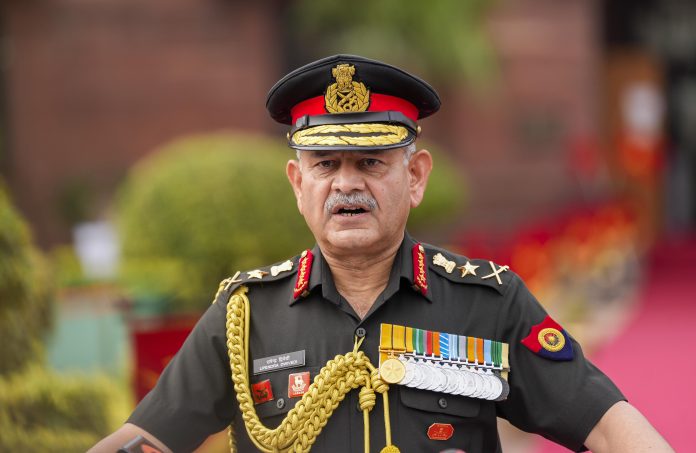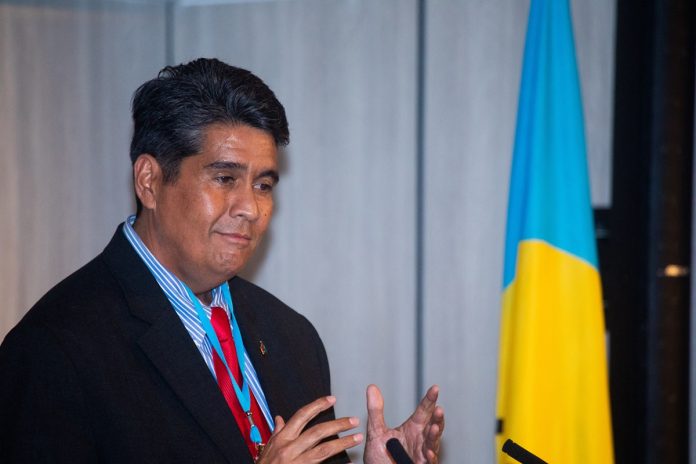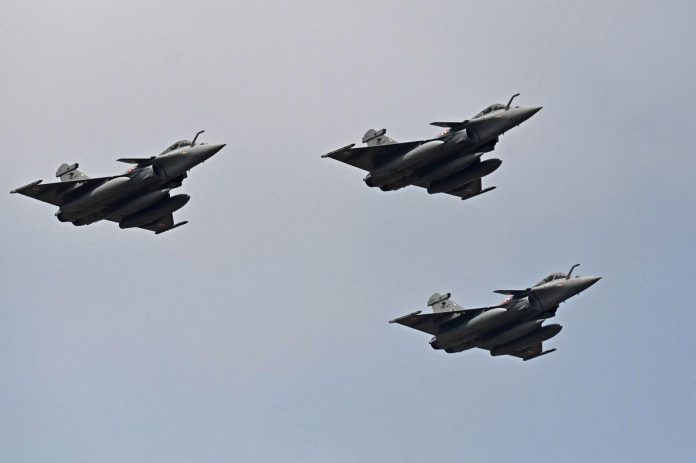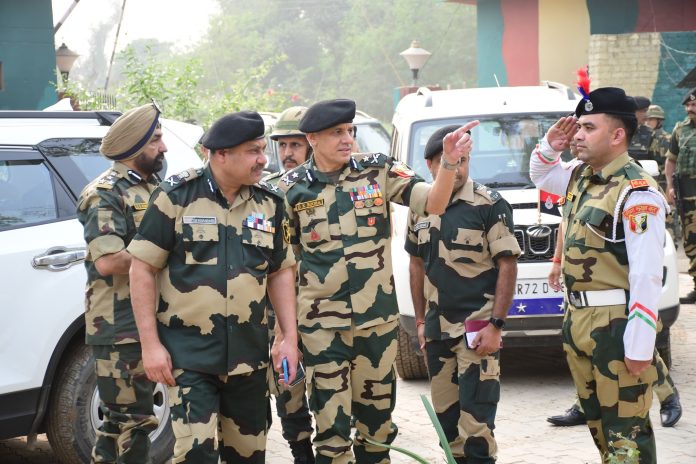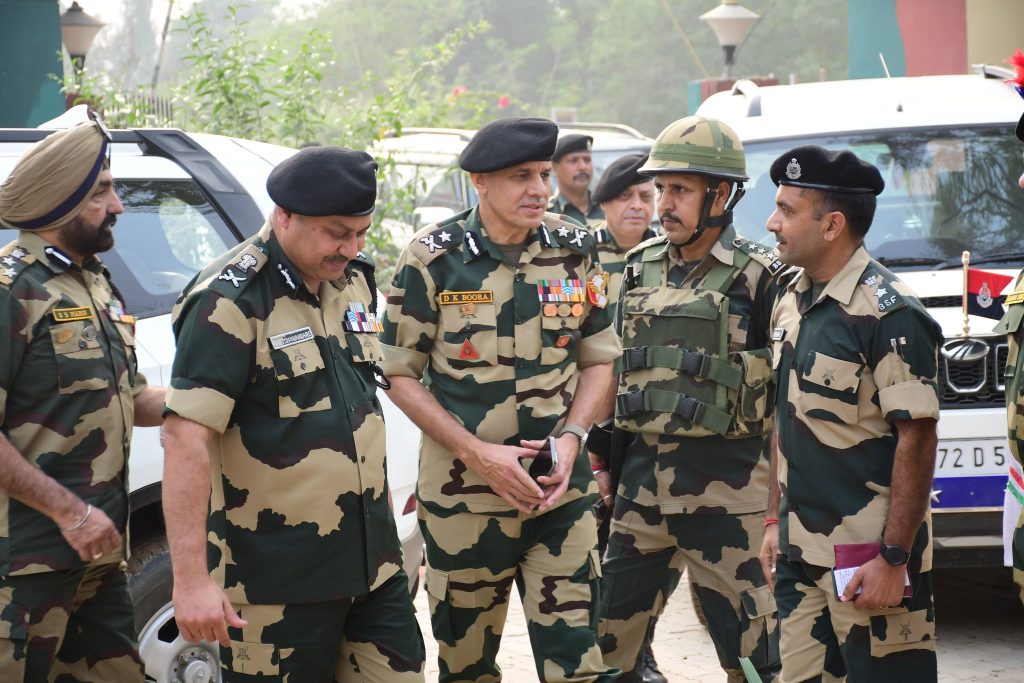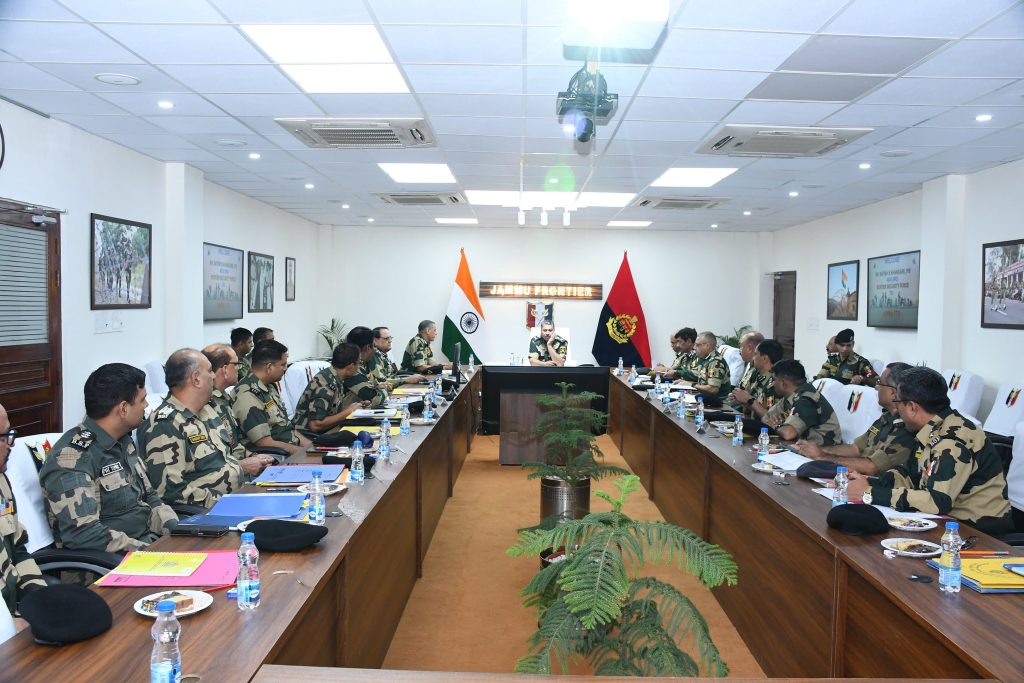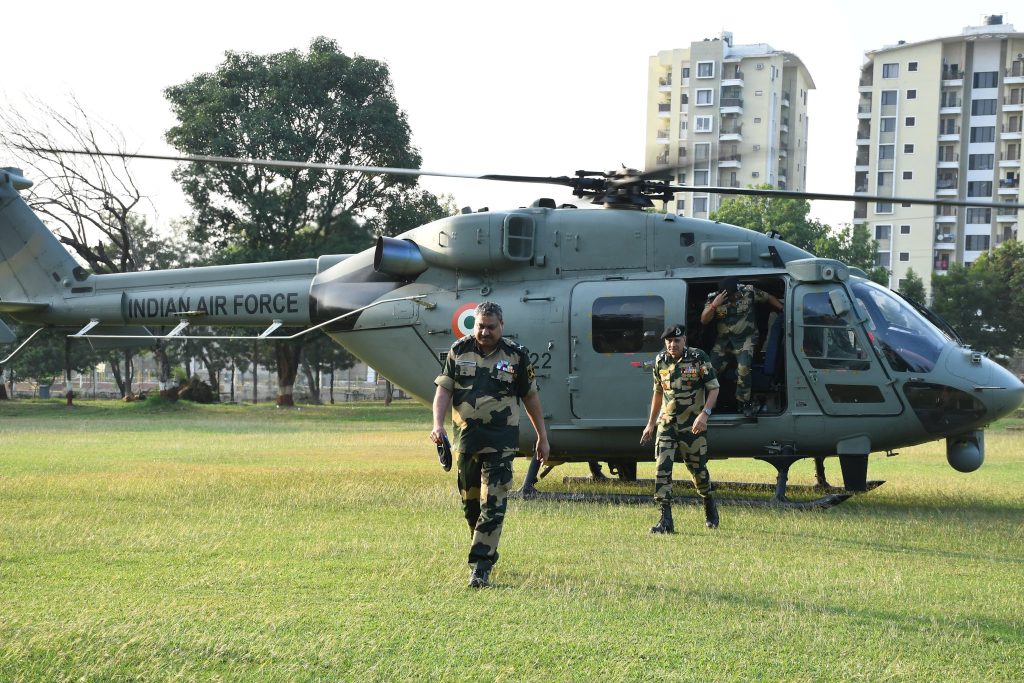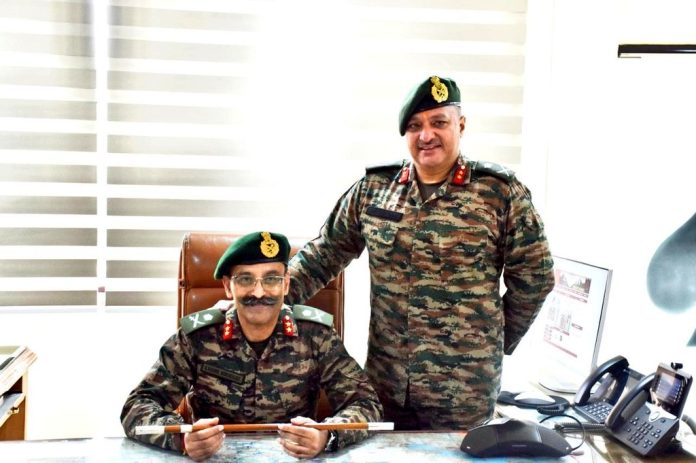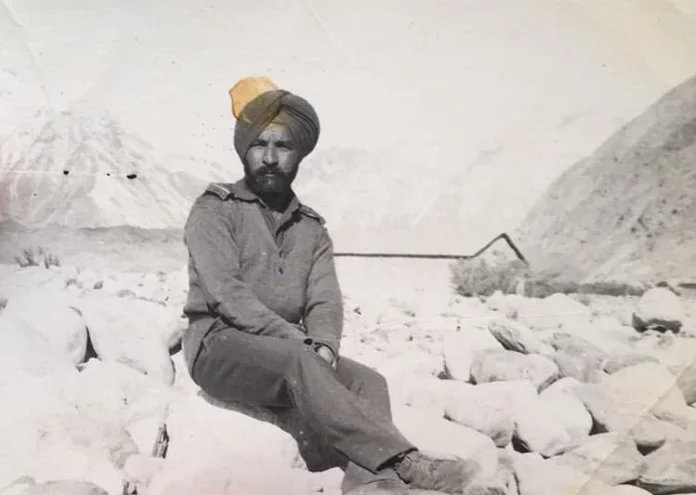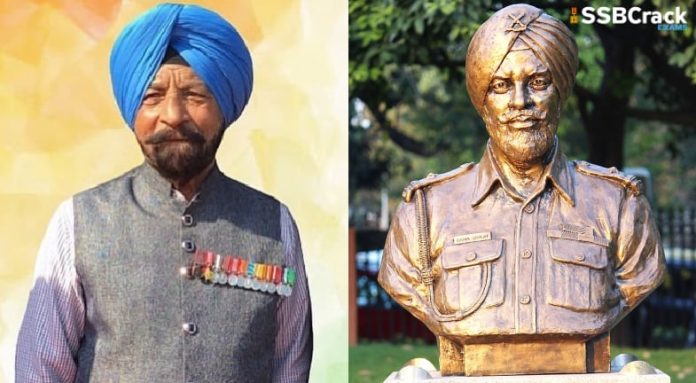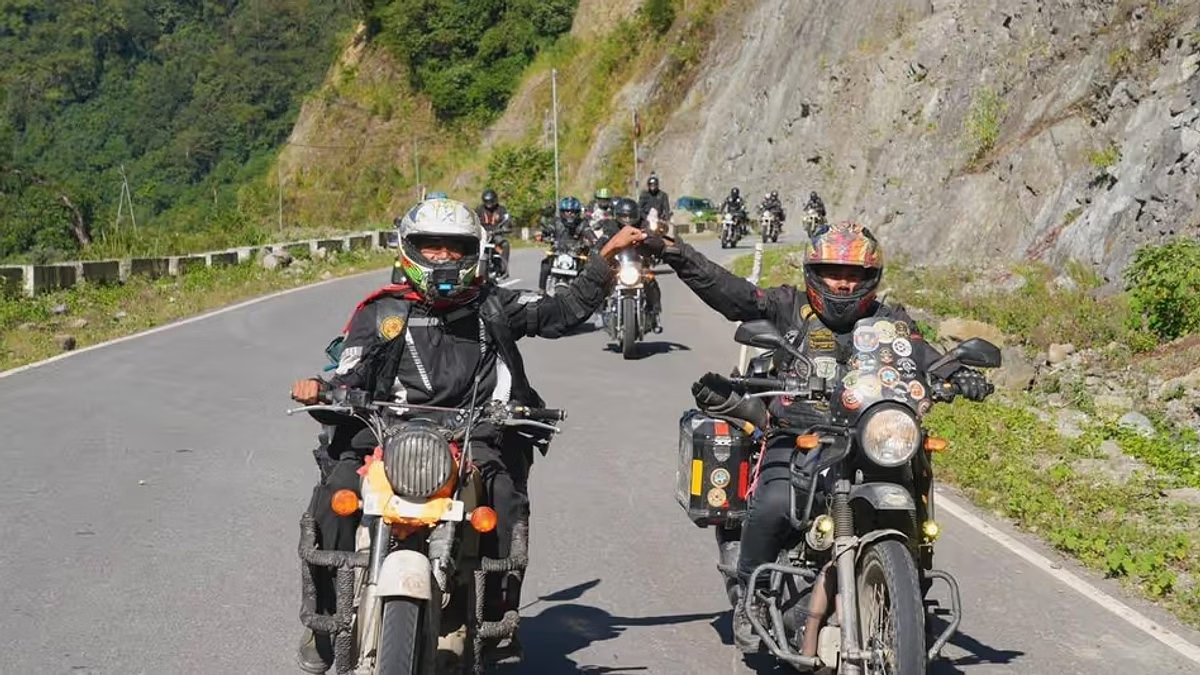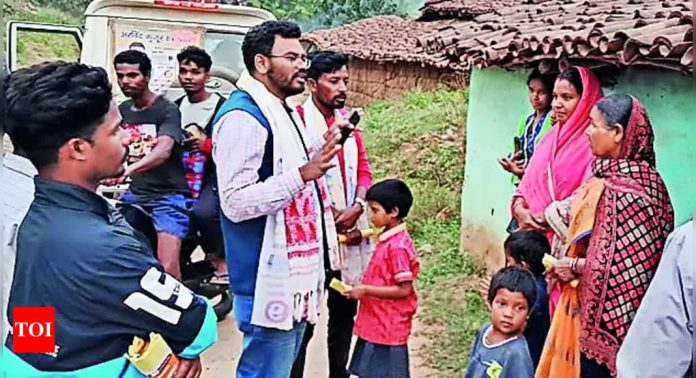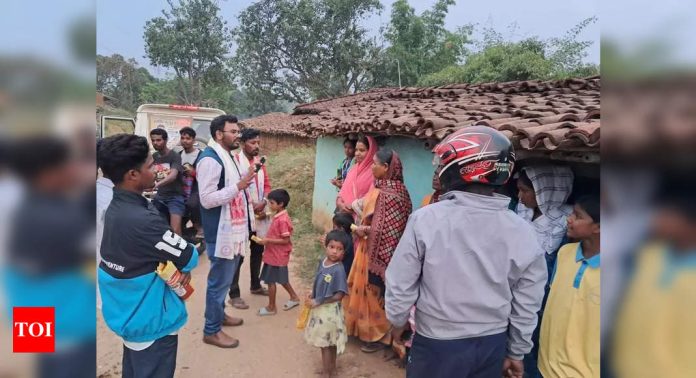General Upendra Dwivedi, the Chief of the Army Staff of the Indian Army, is set to embark on an important visit to Nepal from November 20 to November 24, 2024. This visit comes at the invitation of General Ashok Raj Sigdel, the Chief of the Army Staff of the Nepali Army, and aims to strengthen the defense cooperation and diplomatic relations between the two neighboring countries.
During his visit, General Dwivedi will participate in a series of significant events. He will first pay homage at the martyrs’ memorial located in the Army Pavilion, a gesture that highlights respect for those who have served in the military. Following this, he will receive a ceremonial Guard of Honour at the Army Headquarters, marking a formal welcome to the distinguished visitor.
A central aspect of this visit will involve an official meeting between General Dwivedi and General Sigdel, during which they are expected to discuss various matters of mutual interest concerning military collaboration and regional security.
In a significant highlight of the visit, General Dwivedi is slated to receive the honorary rank of General of the Nepali Army, an accolade that will be conferred by the Rt. Honorable President of Nepal. This gesture symbolizes the close military ties between the two nations and the recognition of General Dwivedi’s leadership role within the Indian Army.
Apart from military engagements, General Dwivedi will engage with student officers at the Army Command and Staff College in Shivapuri. This interaction will provide an opportunity for knowledge exchange and foster professional ties between the future leaders of the two military organizations.
Additionally, the itinerary includes a visit to the Western Divisional Headquarters in Pokhara, a crucial area that underlines the operational capabilities and strategic importance of the Nepali Army.
To further enhance diplomatic relations, General Dwivedi will hold meetings with the Rt. Honorable Prime Minister and the Honorable Defense Minister of Nepal, reaffirming the commitment to cooperation in defense and other areas of mutual development.
This visit underscores the ongoing efforts of both nations to bolster their military collaboration and ensure a secure and stable regional environment. The warm reception planned for General Dwivedi reflects the historical and cultural connection shared by India and Nepal, reinforcing their commitment to working together in various spheres.

